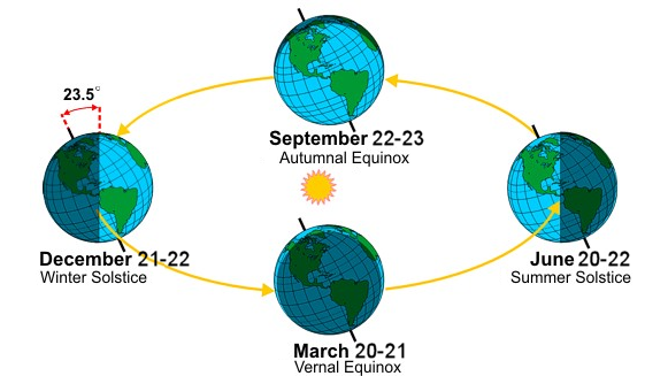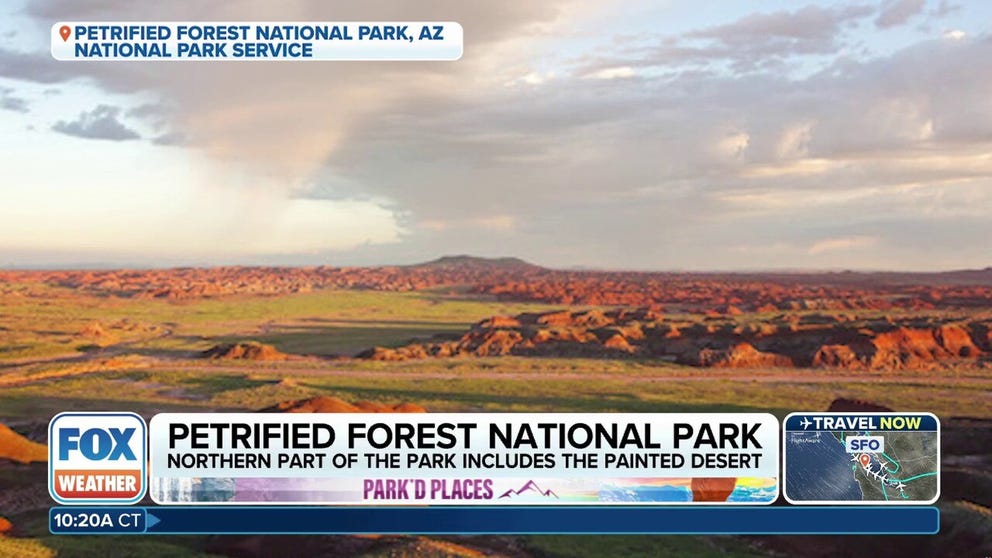Why summer should actually begin on June 1
The calendar says summer begins June 20 with the summer solstice, but "meteorological" or "climatological" summer starts three weeks earlier.
See the National Parks to visit over the summer
Explore America's national treasures with adventurer Abby Hornacek as she tours the best sites across the country.
Summer might not officially begin until June 20 with the summer solstice, but meteorologists and climatologists actually consider June 1 the beginning of summer.
This is because the astronomical seasons are based on the Earth’s position relative to the Sun, while "meteorological" or "climatological" seasons are divided into three-month periods based on the temperatures that would be expected during each season.

The start of summer depends on whether you're referring to the astronomical or the meteorological start.
(FOX Weather)
For example, summer is the hottest time of the year and winter is the coldest time of the year, with fall and spring being the transition seasons. So, instead of focusing on the Earth’s orientation to the Sun, these so-called meteorological seasons are solely classified by the annual temperature cycle across the world.
The hottest three months of the year in the Northern Hemisphere are June, July and August, so meteorological summer runs from June 1 to Aug. 31.
HEAT ALERTS ARE GETTING NEW NAMES THIS SUMMER FROM THE NATIONAL WEATHER SERVICE
Conversely, December, January and February are the Northern Hemisphere’s coldest three months, so meteorological winter runs from Dec. 1 to Feb. 28 (or Feb. 29).
The transition seasons are the three months between summer and winter, so meteorological fall is Sept. 1 to Nov. 30 and meteorological spring is March 1 to May 31.
Happy solstice! Thursday marks earliest summer solstice since George Washington's presidency
FILE VIDEO: Astronomer Derrick Pitts, with The Franklin Institute, and FOX 9 Chief meteorologist Ian Leonard help FOX Weather ring in the summer solstice. This year's astronomical start to summer is the earliest since 1796.
Splitting the seasons into these nearly equal three-month periods makes seasonal recordkeeping much easier since the start and end dates of the seasons are always the same. Additionally, each meteorological season is always 90 to 92 days, depending on whether it's a leap year or not.
DOWNLOAD THE FREE FOX WEATHER APP
The dates of the solstices and equinoxes can vary by a day or two each year, so an apples-to-apples comparison of seasonal temperatures or precipitation would become a nightmare for our friends at the National Weather Service if they didn't use meteorological seasons.
In 2025, astronomical summer officially begins on June 20, with the summer solstice at 10:42 p.m. EDT. That's simply the precise moment in time when the Sun will be in direct alignment with the Tropic of Cancer (23.5 degrees north latitude). Therefore, the Northern Hemisphere will experience its greatest amount of possible daylight on that date.
Last year's summer solstice marked the earliest astronomical start to summer in 228 years.
WHEN TO EXPECT THE FIRST 90-DEGREE DAY IN YOUR CITY
Since the Earth is tilted approximately 23.5 degrees off a vertical axis, the most direct sunlight is aimed at the Northern Hemisphere during our astronomical summer. The summer solstice is always the longest day of the year, but thereafter, the days gradually turn shorter until the winter solstice on Dec. 21 – the shortest day of the year – because the most direct sunlight shifts into the Southern Hemisphere during our astronomical winter.

The Earth's orbit around the sun gives our planet its four seasons.
(NOAA)

